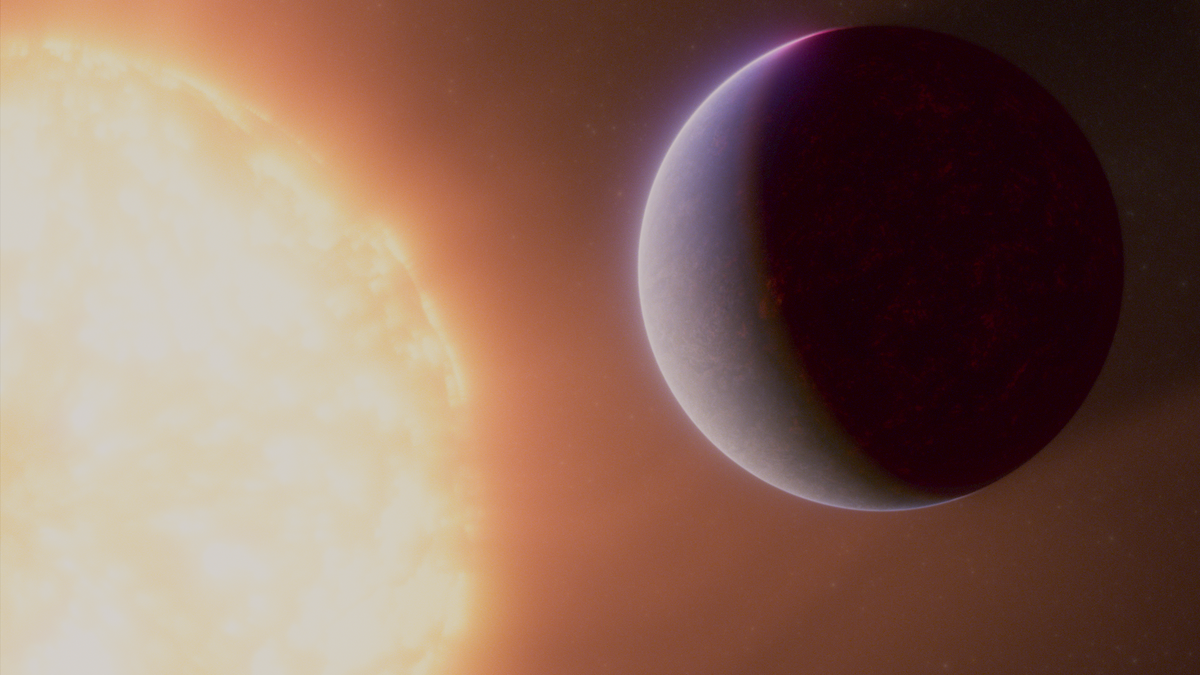Discovery of a Rocky Exoplanet with a Potential Atmosphere
Recent scientific observations have unveiled an intriguing discovery in the realm of exoplanets. Scientists have identified a rocky exoplanet known as 55 Cancri e, located approximately 41 light-years away from Earth. This distant world, classified as a super-Earth due to its size being around 8.8 times that of our planet, exhibits remarkable characteristics that have captured the attention of experts. It is believed that 55 Cancri e may possess an atmosphere, with indications pointing towards the presence of gases enveloping its surface.
Insights from Astronomical Observations
Through meticulous study and analysis, researchers have gained valuable insights into the nature of 55 Cancri e. Equipped with advanced technology such as the James Webb Space Telescope (JWST), the scientific team was able to delve into the mysteries of this enigmatic exoplanet. The use of Webb’s sophisticated imaging instruments, including the Near-Infrared Camera (NIRCam) and Mid-InfraRed Instrument (MIRI), has provided crucial data that offers a glimpse into the composition and conditions of 55 Cancri e.
Contrary to initial assumptions, the measurements obtained by the researchers have led to the dismissal of the hypothesis suggesting the planet to be a lava world covered in a thin layer of vaporized rock. Instead, the data points towards a possible volatile atmosphere rich in carbon dioxide or carbon monoxide. This revelation underscores the complexity and diversity of exoplanetary environments and opens up new avenues for further exploration and understanding.
Implications for Astrobiology and Planetary Science
While 55 Cancri e may not be conducive to sustaining life as we know it, it serves as a valuable case study for showcasing the capabilities of innovative telescopic technologies in characterizing distant worlds. The ability to discern key features of rocky exoplanets, which are inherently challenging to directly image due to their size and luminosity constraints, represents a significant advancement in the field of astronomy.
The recent findings regarding the potential atmosphere of 55 Cancri e highlight the pivotal role that advanced observatories like the James Webb Space Telescope play in unraveling the mysteries of the cosmos. By leveraging such cutting-edge tools and techniques, scientists are able to gain deeper insights into planetary evolution, atmospheric dynamics, and the broader landscape of exoplanetary systems.
Exploration of Exoplanetary Diversity and Habitability
The broader context of exoplanetary research extends beyond individual discoveries to encompass a quest for understanding the vast diversity of worlds that exist beyond our solar system. With over 5,000 exoplanets documented to date, researchers are tasked with deciphering the intricate tapestry of planetary characteristics and environmental conditions that shape these distant realms.
As we venture into the frontiers of astrobiology and planetary science, each new exoplanetary revelation contributes to our collective knowledge of the cosmos. By scrutinizing worlds like 55 Cancri e and the TRAPPIST-1 system, which offer unique insights into planetary atmospheres and habitability, we inch closer towards unraveling the mysteries of life beyond Earth.
Image/Photo credit: source url





